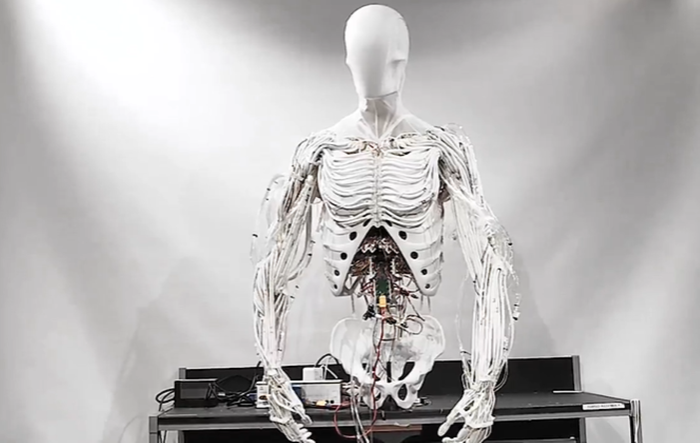How Virtual Reality Is Changing Manufacturing
Gemba CEO Nathan Robinson on the rising role of using VR to train workers
.jpg?width=1280&auto=webp&quality=95&format=jpg&disable=upscale)
The rise of automation technologies and ongoing labor shortages is transforming factories into increasingly connected, intelligent and automated spaces.
Yet as businesses ramp up tech deployments, they face the challenge of ensuring their workforce is upskilled to keep up with the rapid pace of change – with a lack of adequate training causing a significant bottleneck in operations.
One emerging solution is the use of virtual reality (VR) to train workers, offering immediate, immersive experiences that can familiarize an entire workforce with assets and procedures from anywhere in the world.
Gemba CEO Nathan Robinson saysVR and augmented reality (AR) are giving manufacturers a “much-needed leg-up” in the push to train workers in the factories of the future.
“Because of the immersive, engaging nature of VR, companies are discovering they’re able to train employees more quickly and effectively than ever before,” said Robinson. “Plus, they’re able to do so while vastly reducing the fiscal and environmental costs traditionally associated with large, distributed training initiatives.”
A Gamified Experience
Several types of VR experiences are being explored by companies to train workforces across industries. One example is showing users digital copies of assets and sites, allowing them to virtually interact with them and thereby learn correct procedures without incurring real-world costs or mistakes.
Gemba offers a virtual space where a company workforce can gather to go through specific tasks or updates. Robinson said his company offers what he calls a masterclass to potentially thousands of people at any one time on subjects from supply chain management to tech updates.
The company’s software currently only works with Meta’s Quest headsets, though the team said it is working to expand its capabilities to support all popular VR and AR devices throughout 2023.
The platform takes much of its design from video games, which have a significant head start in perfecting a user-friendly and engaging experience.
“There are two main elements of gamification; there's the first layer that’s built like a computer game, using the same engine that 90% of computer games are built on, using a CGI-simulated world,” said Robinson. “And then on top of that is each piece of content reimagined for the VR environment.
“There can be a lot of cynicism around the VR experience, but there’s a lot that’s been done over the years to perfect the technology,” said Robinson. “We’ve tried and tested the design using gaming techniques so it’s high quality, fast and high functioning. If an experience like this isn’t designed in an expert way, then it may not be picked up on a wider scale.”
Within Gemba’s virtual experience, users can interact with objects, participate in simulations and communicate with people. Gemba also offers a service where they film a site or asset to give workers a 3D-rendered video, which can be explored to familiarize users with a new tool or tech.
Changing Workers to Meet Changing Factories
The move to VR training comes at a time when businesses are having to adopt rapidly advancing technologies, without incurring significant costs or even emissions associated with transporting staff to a training location.
“In a factory of the future setting, which is way more technically advanced and software-driven than before, you need a new system that brings together software, hardware, office, factory etc. and brings all these efforts into one, people-centric operating system. That’s a huge challenge,” said Robinson.
“When it comes to training and upskilling, you’ve got to address technical upskilling on one level, and underlying that you’ve got the cultural transformation that needs to happen,” said Robinson. “Businesses have suddenly got to deliver huge shifts of training to address both of these levels, and they have to navigate the discontent of a workforce that is rejecting traditional methods.”
This attitude shift away from traditional working models and toward automation has been developing for several years, though COVID acted as an accelerant to the change.
“The need for businesses to scale training and improve the skills gap came way before then,” said Robinson. “The underlying issues that companies are dealing with when it comes to automation and change in manufacturing are way bigger than the last couple of years, though COVID definitely made this change more rapid.”
The move toward new methods of training is already seeing rising popularity among major market players. Some of Gemba’s customers include Pfizer, Johnson & Johnson, and Mercedes. Despite the trend, Robinson warns that businesses need to stay on top of training to keep up with the pace of change, or risk being left behind.
“Historically, companies are not very good at transforming the ways that they work,” said Robinson. “Continuous improvement needs to happen if you're going to work with and develop technologies which are faster than human beings. It's about speed and the continuous nature of things. And until the average company really understands that, I think they'll be behind technology.”
About the Author
You May Also Like








